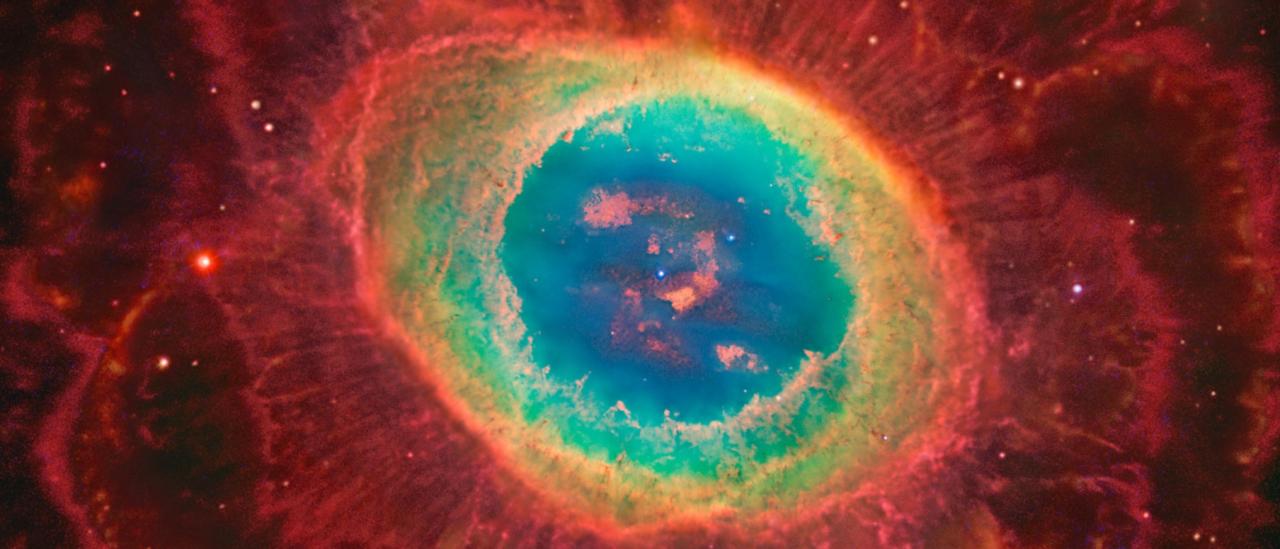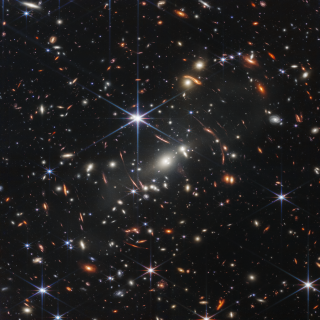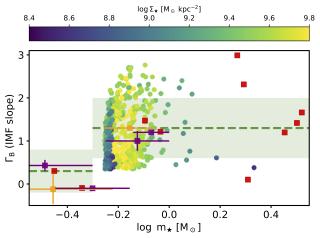It is well known that fullerenes – big, complex, and highly resistant carbon molecules with potential applications in nanotechnology – are mostly seen in planetary nebulae (PNe); old dying stars with progenitor masses similar to our Sun. Fullerenes, like C60 and C70, have been detected in PNe whose infrared (IR) spectra are dominated by broad unidentified IR (UIR) plateau emissions. The identification of the chemical species (structure and composition) responsible for such UIR emission widely present in the Universe is a mystery in astrochemistry; although they are believed to be carbon-rich species, a fundamental chemical element for life. The UIR bands are detected in many astrophysical objects from small solar system bodies, circumstellar envelopes and interstellar media, to very distant galaxies. So, the identification of the chemical species responsible for any of the UIR bands is of great interest to many fields in astrophysics and astrochemistry. In this work, we demonstrate for the first time that hydrogenated amorphous carbon (HAC) grains (or similar disordered materials; HAC-like hereafter) can explain the broad 12-micron UIR band in the fullerene-rich PN Tc 1. For this, we have combined the laboratory optical constants of HAC-like grains with photoionization models, reproducing the IR emission observed in the fullerene PN Tc 1. In addition, the presence of both HACs and fullerenes may support the idea that fullerenes are formed by the processing or destruction of HAC-like grains (e.g., by UV radiation). Our work clearly shows the great potential of interdisciplinarity in science and technology to develop fundamental advances in astrophysics and astrochemistry.
Advertised on
Authors
Marco Antonio
Gómez Muñoz
Domingo Aníbal
García Hernández
Ransel
Barzaga Guzmán
Arturo
Manchado Torres
Teresa
Huertas Roldán
References



